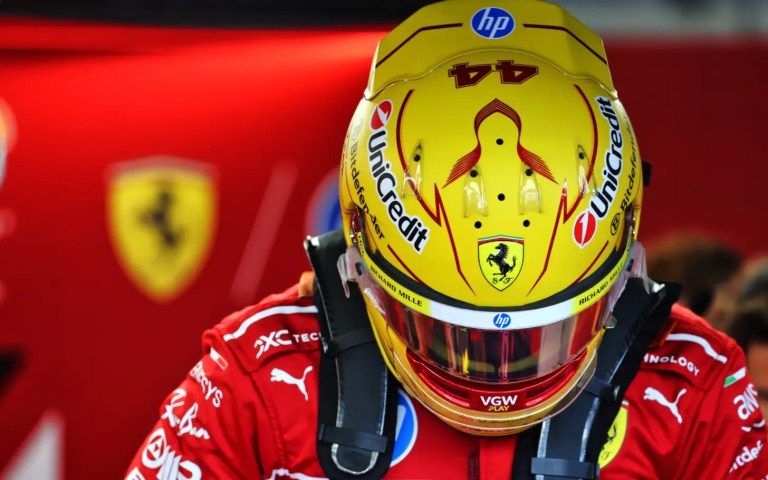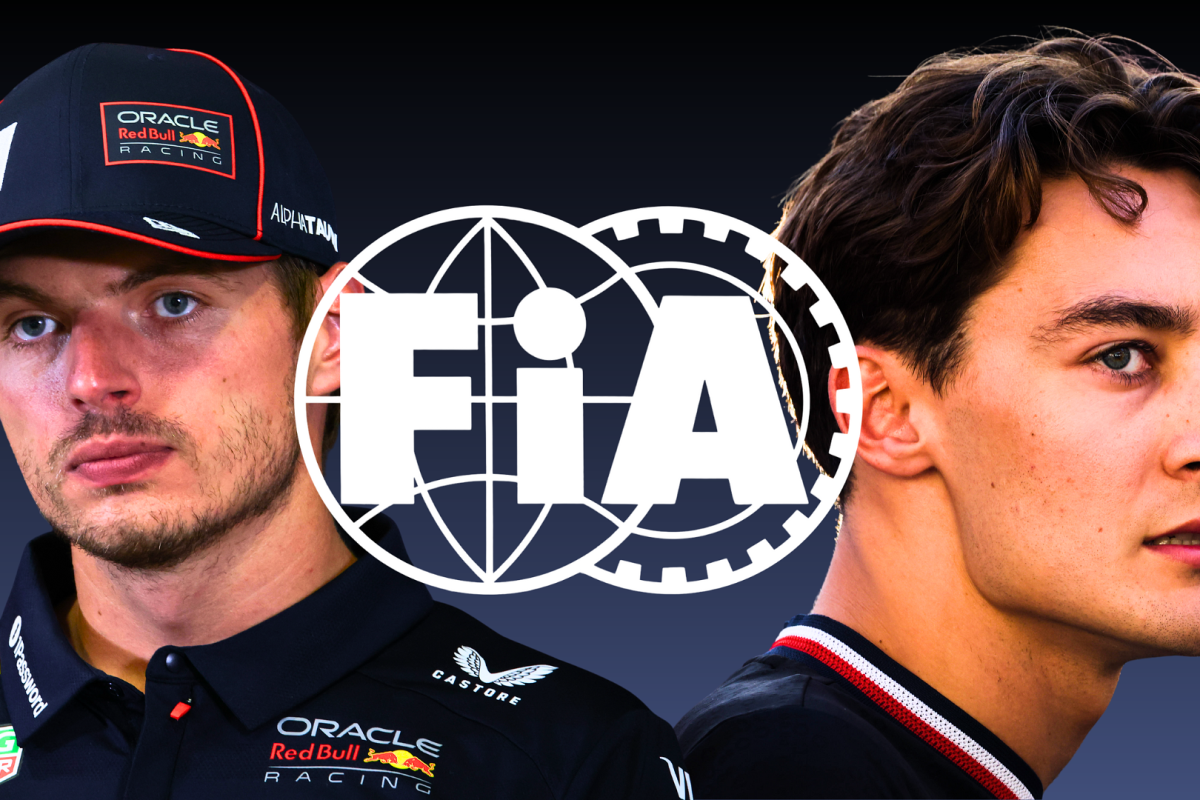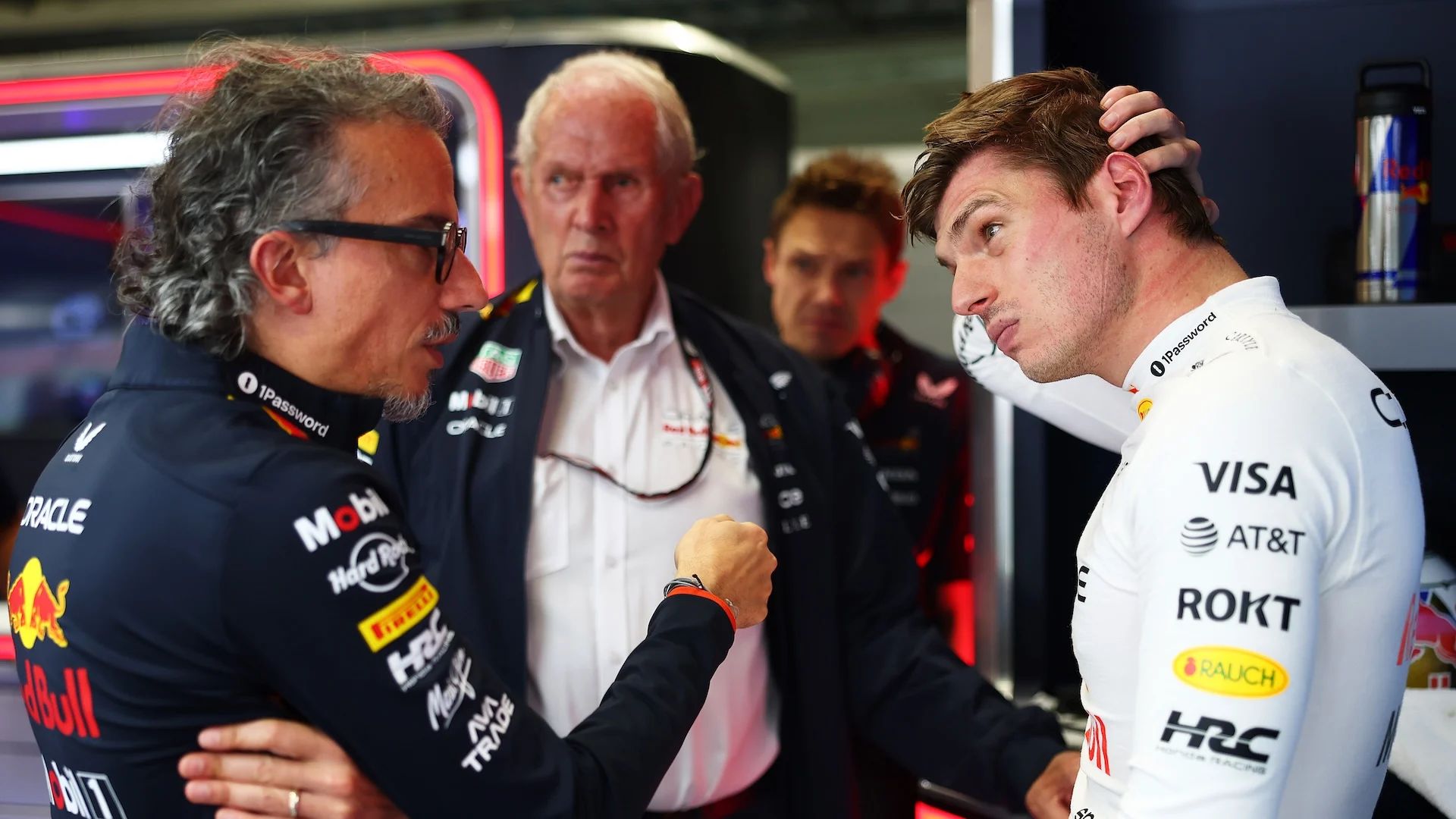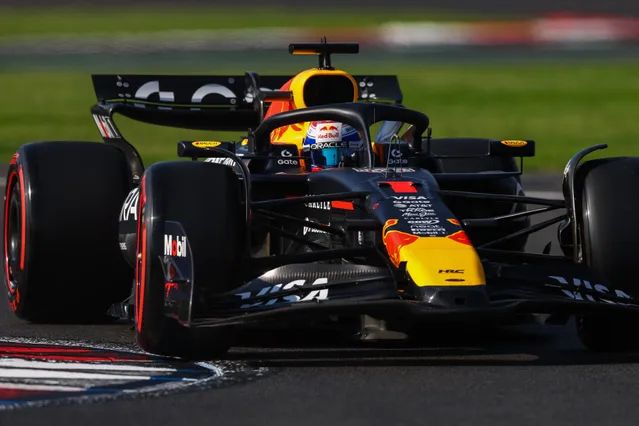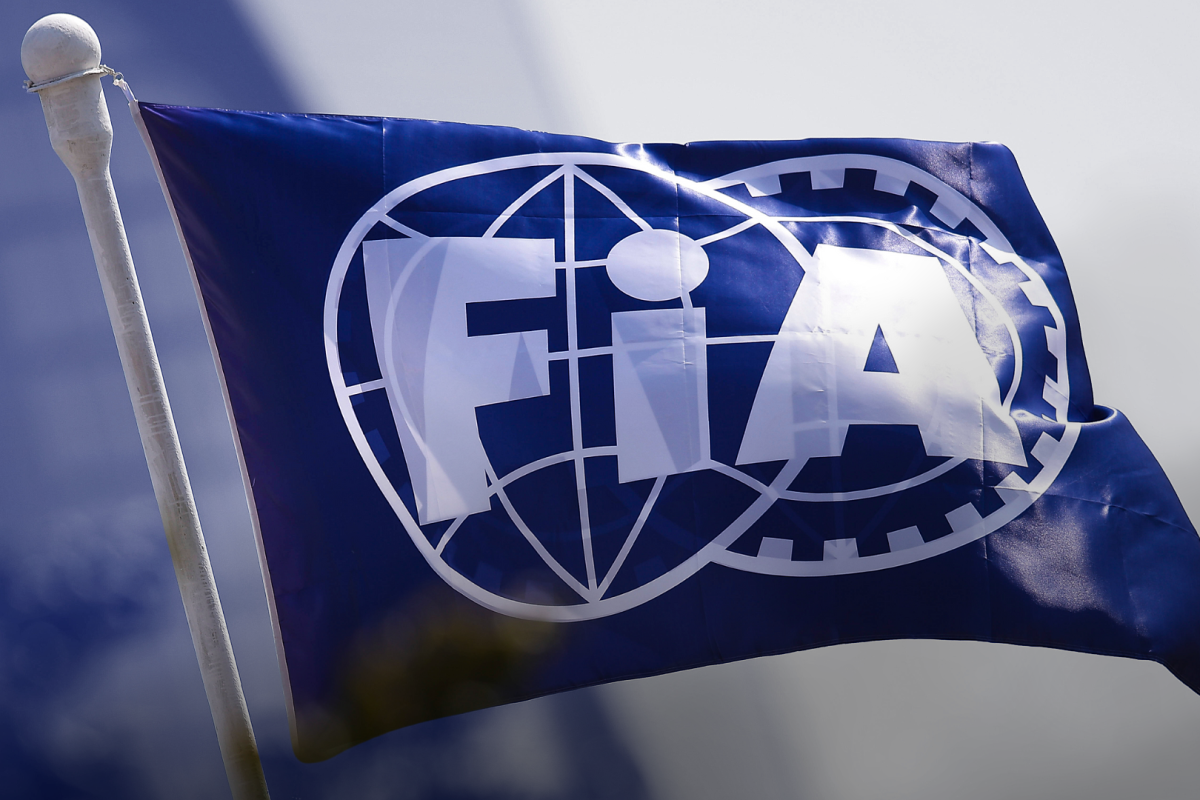Lewis Hamilton Frustrated by Ferrari’s Leadership Struggles Amid Strategy Failures
Ferrari once again found itself embroiled in a Formula One fiasco at the Miami Grand Prix, where internal chaos and slow decision-making overshadowed any progress on track. The race weekend was another disappointing chapter in the Scuderia’s ongoing struggle, with both drivers – Lewis Hamilton and Charles Leclerc – visibly frustrated with their team’s performance, strategy calls, and overall leadership.
Tensions flared during the race, showcasing a growing rift between the Ferrari pit wall and its drivers. What played out on track could easily be mistaken for a scripted drama, perfect for Netflix’s “Drive to Survive.” But for those involved, it was a very real display of poor communication and questionable strategic thinking. The blame, many argue, lies at the top – with team principal Fred Vasseur, who was brought in to clean up the kind of operational mishaps that plagued former boss Mattia Binotto’s tenure.
At the core of Ferrari’s issues is a fundamentally flawed car. It’s not just slow – it’s inconsistent. Despite some belief within the team that the car has hidden pace, both drivers have struggled to extract performance, especially Hamilton. The seven-time world champion has had difficulty adapting to the car’s unique handling characteristics, especially under braking and through corner entry, where understeer has been a persistent issue.
In Miami, Hamilton actually had one of his stronger races this season, but the result was overshadowed by Ferrari’s indecision during the race. Poor qualifying results placed Leclerc in eighth and Hamilton down in 12th, prompting the team to split their strategies. Leclerc started on medium-compound tyres, while Hamilton was put on the more durable hard tyres – a choice that later played in Hamilton’s favour after the pit stops.
Post-pit stop, Hamilton found himself on the faster medium tyres and closing in on Leclerc, who was ahead but on a slower compound. Recognizing his pace advantage, Hamilton urged the team to let him pass Leclerc so he could chase the Mercedes of young Kimi Antonelli, who was about five seconds ahead. But the Ferrari pit wall hesitated, taking too long to issue a team order. Frustrated, Hamilton was heard over the radio sarcastically yelling, “Ah! Have a tea break while you’re at it! Come on.” The delay cost him vital time and tyre performance, effectively nullifying his chance of advancing further.
Later, when it became clear that Hamilton couldn’t catch Antonelli but Leclerc might, Ferrari again delayed switching the order. Leclerc’s own race was compromised as a result, leaving both drivers disgruntled and Ferrari finishing seventh and eighth – Leclerc ahead, Hamilton behind.
After the race, Hamilton made no effort to hide his disappointment with how things were handled. “I’ve still got fire in my belly,” he said. “I’m not going to apologise for being a fighter. I’m not going to apologise for still wanting it. I know everyone in the team does, too. But I didn’t think the decision came quick enough. It wasn’t anger. I wasn’t effing and blinding. It was more like, ‘Make a decision! You’re sitting on the pit wall, looking at the data. Be decisive.’”
Hamilton emphasized that his frustration wasn’t directed at Leclerc or the team personally, but rather at the lack of urgency and poor communication in high-pressure moments. “We’re in the car, dealing with a lot. You want the team to be as sharp as you are. I want to win – we all do – but we’re fighting for seventh and eighth. That’s not good enough.”
Vasseur later visited Hamilton’s private quarters to discuss the incident. While the team principal downplayed any major fallout, he emphasized the importance of internal communication and mutual trust. “My concern is not about what he says to the media,” Vasseur said. “It’s that we’re aligned internally. He needs to understand what I’m seeing on the pit wall. He can trust me, I trust him, and the same goes for Charles. But when I take a decision, I do it for Ferrari.”
Still, Vasseur’s response came off more as damage control than a convincing explanation. His justification leaned heavily on the drivers’ understanding rather than addressing the pit wall’s sluggish decision-making, which many believe is the real problem.
Formula One demands instant judgment and precision. The top teams operate at lightning speed – both on and off the track. In this environment, even a few seconds of hesitation can ruin a race. Vasseur’s insistence on reflection over reaction seems out of place in a sport built on split-second decisions.
For Ferrari, the path forward requires more than just a faster car. They need sharper leadership, bolder strategy calls, and a team structure that empowers quick, effective action. If not, Hamilton’s fire – and Ferrari’s ambitions – may continue to burn out before they ever catch light.
